The intermittent nature of variable renewable energy sources (VREs) remains a primary challenge for grid integration and stability. However, research funded by the UVA Environmental Institute investigating wind and solar complementarity confirms that hybridization is an optimal engineering solution to this volatility.
By leveraging the inherent inverse timing of wind and solar generation peaks, hybrid systems can effectively double generation capacity and produce a stable source of generation critical for system operators, said the report.
The modeling examined theoretical systems, showing that wind power in a simulated Lubbock, Texas location peaked at 6 AM with an instantaneous capacity of approximately 33.9 MW, while solar power in Imperial, California peaked later in the day, specifically at 11 AM with 11.1 MW. This alternating peak behavior with wind excelling during night and early morning hours while solar dominates midday is the fundamental premise for improved operational stability.
The theoretical instantaneous output for both the independent and hybrid systems were simulated to measure the complementary effects. Total theoretical power by the hybrid system reached 449 MW, nearly doubling the capacity compared to when the wind (381 MW) and solar (68 MW) systems operated as independent generators.
The hybrid system output as shown in the analysis showed how generation increased and optimized when wind and solar were combined.
The system generated a total cumulative theoretical energy of 6.3 GWh. The cumulative generation showed a constant and smoothened supply curve without a drop when integrated into the grid, said the study. This optimization makes it easier for grid operators to predict and balance the grid and minimize the overall need for storage.
This co-operation can help reduce the overall need for energy storage as when solar generation drops in the late afternoon, wind ramps up generation to fill the gap until the morning. Similarly, back-up batteries do not need to store excess wind power for midday to meet demand as solar can directly offset midday supply by the wind system.
The study did not consider colocation of the resources because the focus was to investigate how the resources respond with time. However, it noted it is imperative to collocate the system for real world validation. The co-location of wind and solar hybrid system can improve grid stability by optimizing infrastructure due to shared grid infrastructure like substation, transmission and distribution lines as well as shared inverter and converter systems, said the study.
This content is protected by copyright and may not be reused. If you want to cooperate with us and would like to reuse some of our content, please contact: editors@pv-magazine.com.
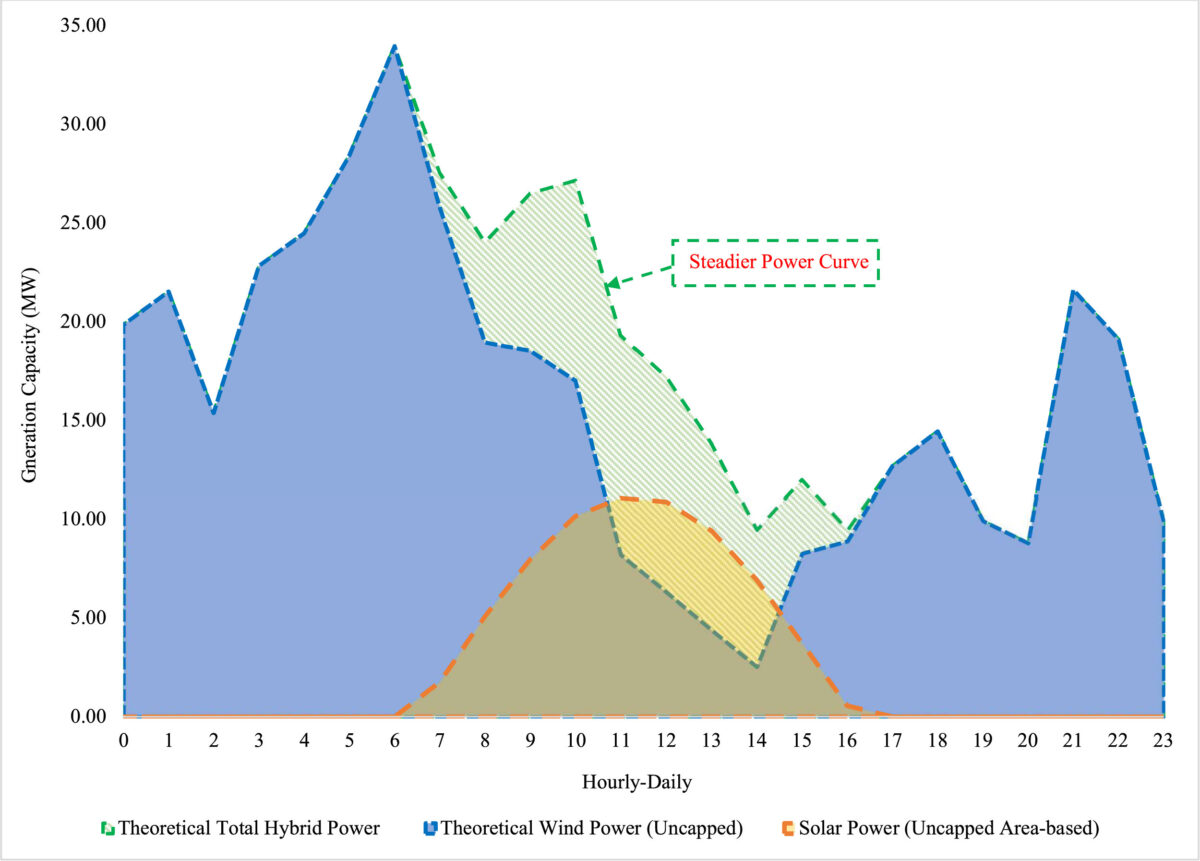




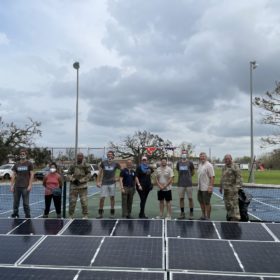
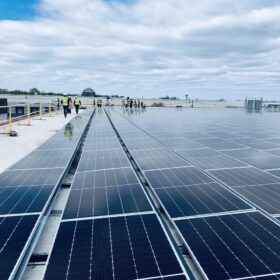
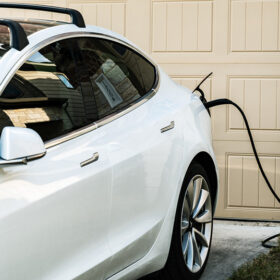
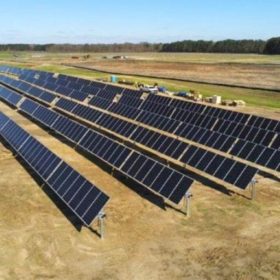
By submitting this form you agree to pv magazine using your data for the purposes of publishing your comment.
Your personal data will only be disclosed or otherwise transmitted to third parties for the purposes of spam filtering or if this is necessary for technical maintenance of the website. Any other transfer to third parties will not take place unless this is justified on the basis of applicable data protection regulations or if pv magazine is legally obliged to do so.
You may revoke this consent at any time with effect for the future, in which case your personal data will be deleted immediately. Otherwise, your data will be deleted if pv magazine has processed your request or the purpose of data storage is fulfilled.
Further information on data privacy can be found in our Data Protection Policy.